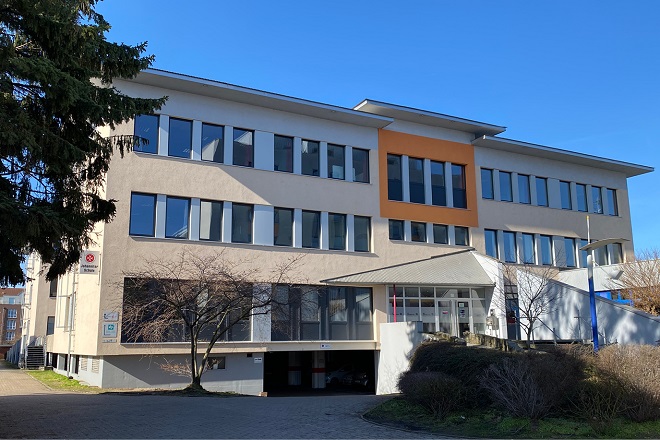Emergencies

Rescue helicopters are called out to all kinds of emergencies whenever a physician is needed. Apart from trauma patients emergencies such as heart attacks, strokes, burn cases, poisoning and pediatric emergencies feature most prominently. Each helicopter crew must be able to deal with these and other emergencies with a safe and professional treatment strategy. In this context the factor time is often decisive.
Every second counts
As an example, with abdominal injuries the death rate increases every 3 minutes by 1% (Clarke, J Trauma 2003). With heart attacks the ischemic tolerance is 30 minutes, and for a stroke it is only 3-5 minutes. In guidelines and standing orders of medical societies the time span between the occurrence of the emergency until final treatment by specialists in a trauma or burns centre, ICU or stroke unit plays a decisive role. During transportation of emergency patients over longer distances - in particular when treatment in a special clinic is necessary – the helicopter is the ideal means of transport.
Emergencies with children

Up to a quarter of all patients of the rescue helicopter Christoph 4 are children up to 16 years of age – a high number compared to other areas of the rescue service and compared to the fact that children constitute 15% of the region of Hanover's population.
Typical illnesses and injuries in children, such as those affecting the upper airways, seizures or simple falls, can often be treated directly by physicians on-scene and the child can stay within the family. With sudden, serious illnesses or specific accidents such as poisoning, burns, injuries of the mouth and throat as the result of swallowing acidic substances, drowning or serious injuries treatment in hospital is always necessary. Due to time pressure, long distances to the next pediatric clinic, or more comfortable transport conditions the small patients are often transported in the helicopter.
Trauma patients
The term trauma describes injuries from the impact of force on the human body. Up to the age of 45 years trauma is the major cause of death. In road accidents alone on average 12 people lose their life every day. In Germany each year 1.6 million suffer accidents on the road, at work, at home or while doing sports.
An examination of more than 4000 seriously injured patients showed on average 7.6 separate injuries per patient and provides a first idea of the complexity of these injuries. Taking into account not only the direct injury of organs but also potential blood loss for each of these injuries, the importance of the factor time becomes quickly clear. This is no place for anything less than professional treatment of the highest standard.
Treatment and transport of trauma patients to a major trauma centre is a vital part of the work of a rescue helicopter crew.

